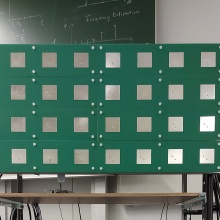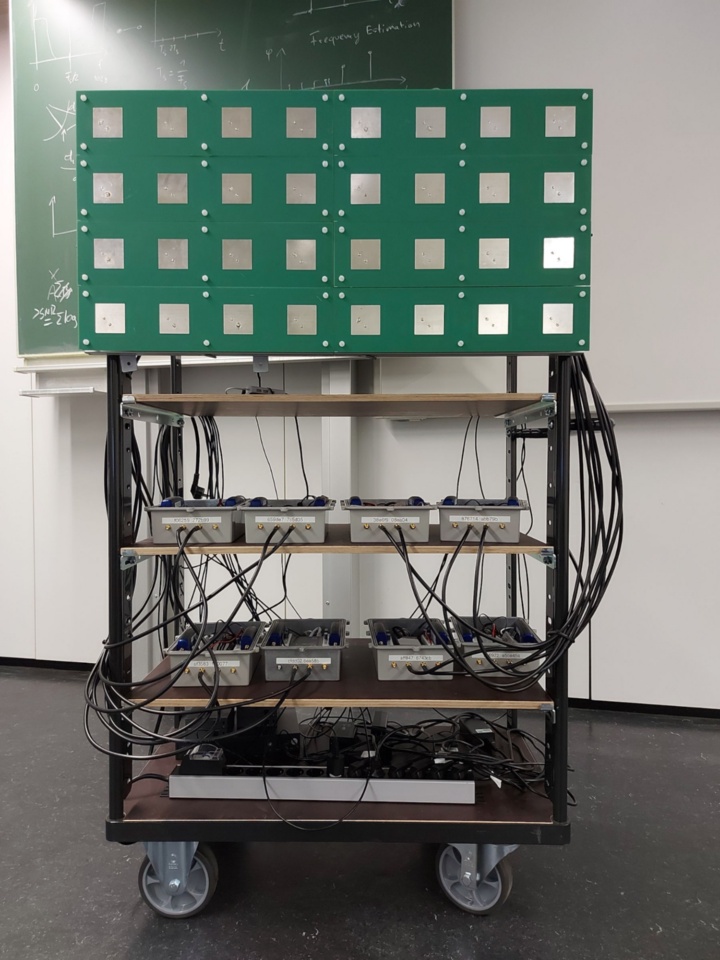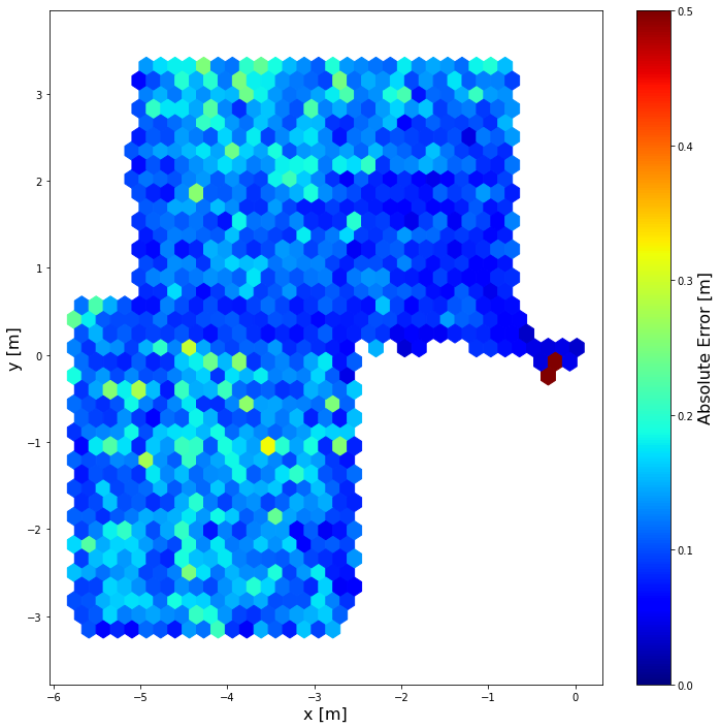Current mobile cellular networks are built around fixed, centralized base stations, where each base station is responsible for all end devices in a particular geographic area. But what if multiple base stations could cooperate, combine their respective received uplinks coherently and organize downlink transmissions so that the radiated power is focused on the designated receiver? What sounds like science fiction may soon become reality with the advent of distributed massive MIMO. This technology will enable future wireless networks, such as the emerging 5G and 6G standards, to handle the increasing demand for faster and more reliable wireless networking. In addition, future base stations and end devices may take on additional sensing tasks, such as user localization or even perform radar-like object detection.
Before a potential future roll-out of distributed massive MIMO, some open questions about this new technology need to be answered: How to implement distributed base stations in practice? Are the benefits really as incisive as mathematical models and simulations suggest? Can a distributed massive MIMO system also be used for sensing applications, and what are the security and privacy implications?
To enable the scientific community to tackle these questions with real-world measurement data, researchers at the Institute of Telecommunications (INUE) have developed a massive MIMO channel sounder called Distributed Channel Sounder by University of Stuttgart (DICHASUS). Channel sounders are used to measure the propagation of radio signals in physical wireless channels, which provides insights into properties of the particular channels, contributes information on the downsides and benefits of various antenna deployments and enables the development of algorithms for practical distributed massive MIMO systems. In particular, DICHASUS is used to capture very large Channel State Information datasets, which are suitable for machine learning applications.
Measured DICHASUS datasets are freely provided to the scientific community under a permissive license. Datasets can be downloaded from https://dichasus.inue.uni-stuttgart.de/. Beginners are invited to follow our tutorials on how to import and use DICHASUS datasets with Python and TensorFlow. A paper entitled A Distributed Massive MIMO Channel Sounder for "big CSI data"-driven Machine Learning about the architecture of DICHASUS has been published at WSA 2021.

Florian Euchner, M.Sc.
Research Assistant
Marc Gauger, M.Sc.
Research Assistant






